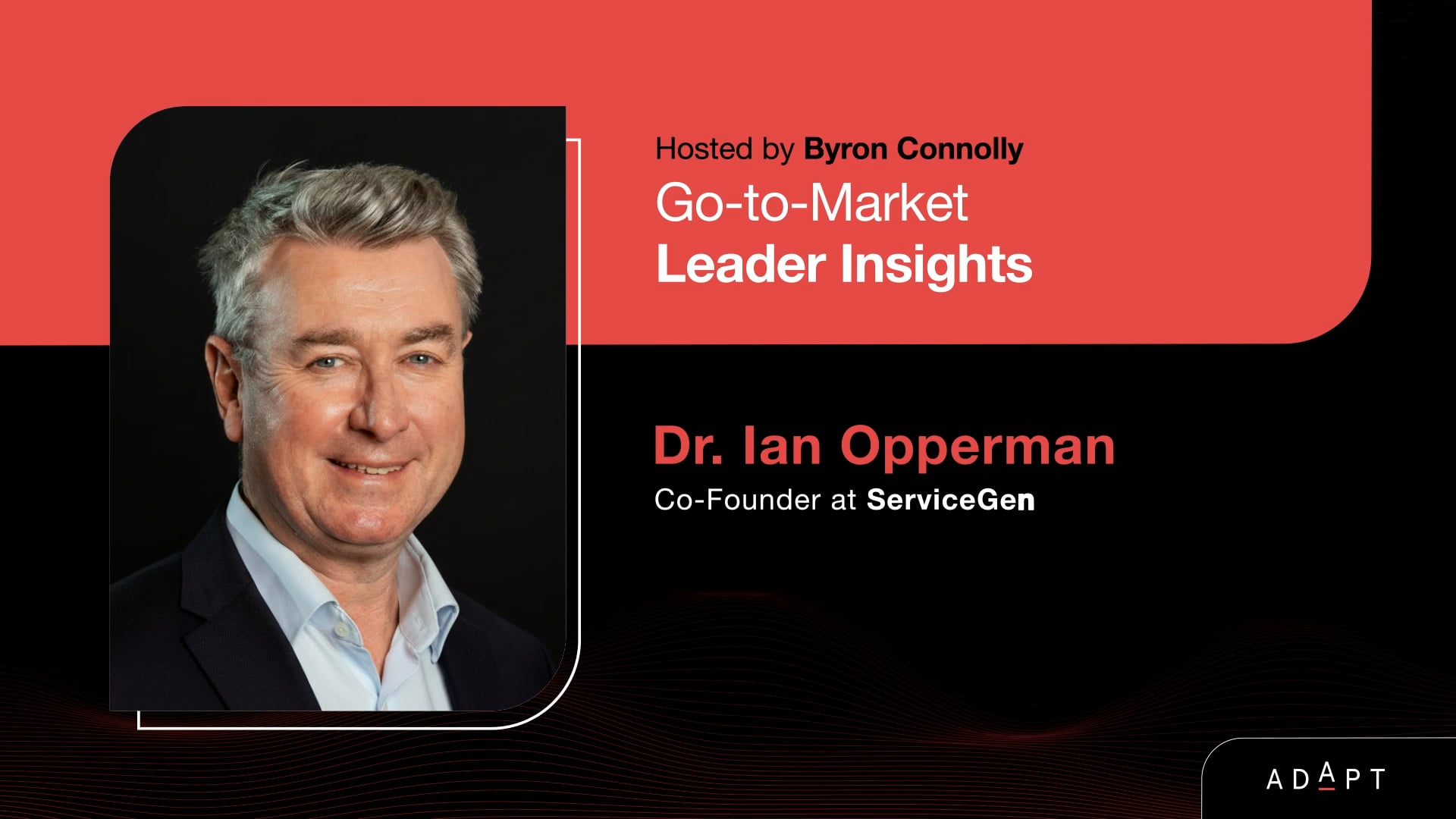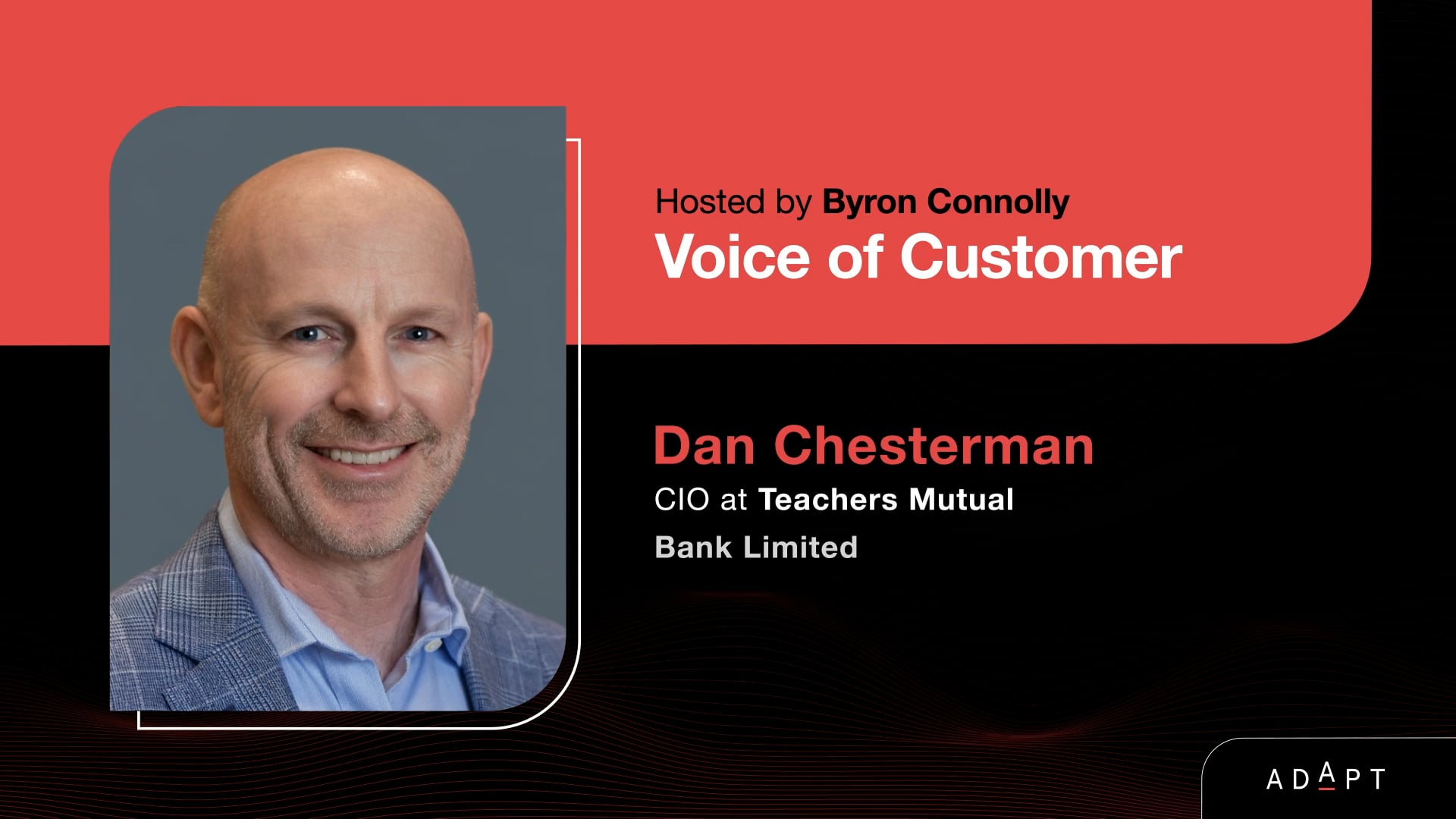Organisations have found themselves at a critical tipping point of becoming truly innovative, marked by the way they use value metrics and track the value they provide to customers and partners.
DXC Technology’s Chief Digital Innovation Officer, David Heacock, discusses how their streamlining of the passport system has saved Australians $50 million annually.
At ADAPT’s CIO Edge in conversation with ADAPT’s Senior Analyst, Shane Hill, David shares how human-centred design and systems thinking approach is beginning to infiltrate policy design to involve multiple solution providers in the value ecosystem.
David rejects the idea that innovation has been sped up in the public sector since the pandemic, shown most clearly with the pull to return to the office.
Instead, David posits that innovative organisations have a culture of psychological safety, democratised autonomy over decision-making and a mature and honest leadership.
Shane Hill:
Always we’re hoping that we can connect you with the right people, inform you with local statistics and equip you with the tools and approaches to lead modernisation and measure value. That’s today’s theme. What particularly about that topic piqued your interest?
David Heacock:
I’ve worked a lot in IT agencies in big government departments. I’ve spent many years working on very large programmes of work. Quite often, there was always a benefit to realisation team and obviously there were business cases that had to be written to get money for things, large programmes of work. Quite often the discussion of value was so esoteric.
I spent a lot of time trying to convince government to measure the value of these IT programmes and these transformation programmes differently. I, at one stage in my career, had the privilege of leading the programme to redevelop Australia’s passport system. We were very lucky at that time, that the federal government was introducing the deregulation agenda.
It had been around for a while, but it had really started to mature. We were able to say, if we save citizens time, we’re able to count that as a win. We’re able to put a dollar figure on that.
We saved the public $50 million or more a year, by making it easier to apply for a passport.
That really triggered my interest in being able to measure value from digital projects. Through my time working with the Boston Consulting Group, I was able to see how a top tier consulting firm like BCG were able to translate that thinking about value creation into digital programmes into things as esoteric as customer experience.
I’m really passionate about that and I’m glad that this conference is talking about that and getting people stimulated to talk about how you create value from digital, not just is it saving us time in operations? Is it cheaper for us to have our customers do this online rather than in paper?
Thinking about as some of the speakers this morning were saying, “How much time am I saving my customer? What is the value I’m creating? What is the value they’re harvesting? Not for ourselves, but for our customers and our partners?”
Shane Hill:
I like you’ve touched on those three areas as well, because, government’s a very complex sector, both the state and also the federal level. A lot of different agencies often needing integration, different pathways for citizens to follow.
For example, we were talking earlier about how customer service principles can be brought into, reducing the driver’s license, application renewal process saving them time and, ultimately limiting frustration because often in the past, when we’ve dealt with traditional workflows, it can be quite disconnected from when you go into a physical office versus online and, thinking about some of the benefits, the return on investment for innovation not only for the organisation itself, the agency, but what are some of the impacts perhaps on the rest of the ecosystem? How do we overcome some of the challenges involved there?
David Heacock:
It’s such a great topic. What I’m seeing more and more of in federal government, is a focus on systems thinking.
A lot of people in the design industry have been thinking about systems thinking for a while, but I’m starting to see it influence policy making.
If you look at say the ATO, the ATO will tell you straight out their vision, is to have a taxation system that nobody sees. Imagine that. Imagine owning a small business and never having to remit your tax because all payments are electronic.
The system knows how much tax you should pay, and I never have to touch it.
As a small business owner, myself, I would relish that, I’d love that, for taxation to disappear because the government had thought about the problem end to end, rather than each different branch of the ATO thinking about their own problem or each branch of government thinking about their own problem.
Thinking about how you connect it, in a way that benefits society has been an interesting change particularly in government over the last decade. Government is starting to really think about their role in society a lot more clearly, starting to work out how they place a value on that, and it’s taken a long time.
We can do the same thing in the corporate sector as well when we start thinking about ecosystems. That systems thinking approach allows us to say like the Maersk example that was raised this morning.
How do I not only to solve my problem about knowing where a container is in the world, but how do I create an ecosystem, that then allows more people to plug in, to add more value not only my own solution, but to connect with other solutions, connect financing, insurance, other shipping providers into that ecosystem.
A change in mindset has started to occur in government and in the corporate sector about ecosystems and that’s intensely valuable.
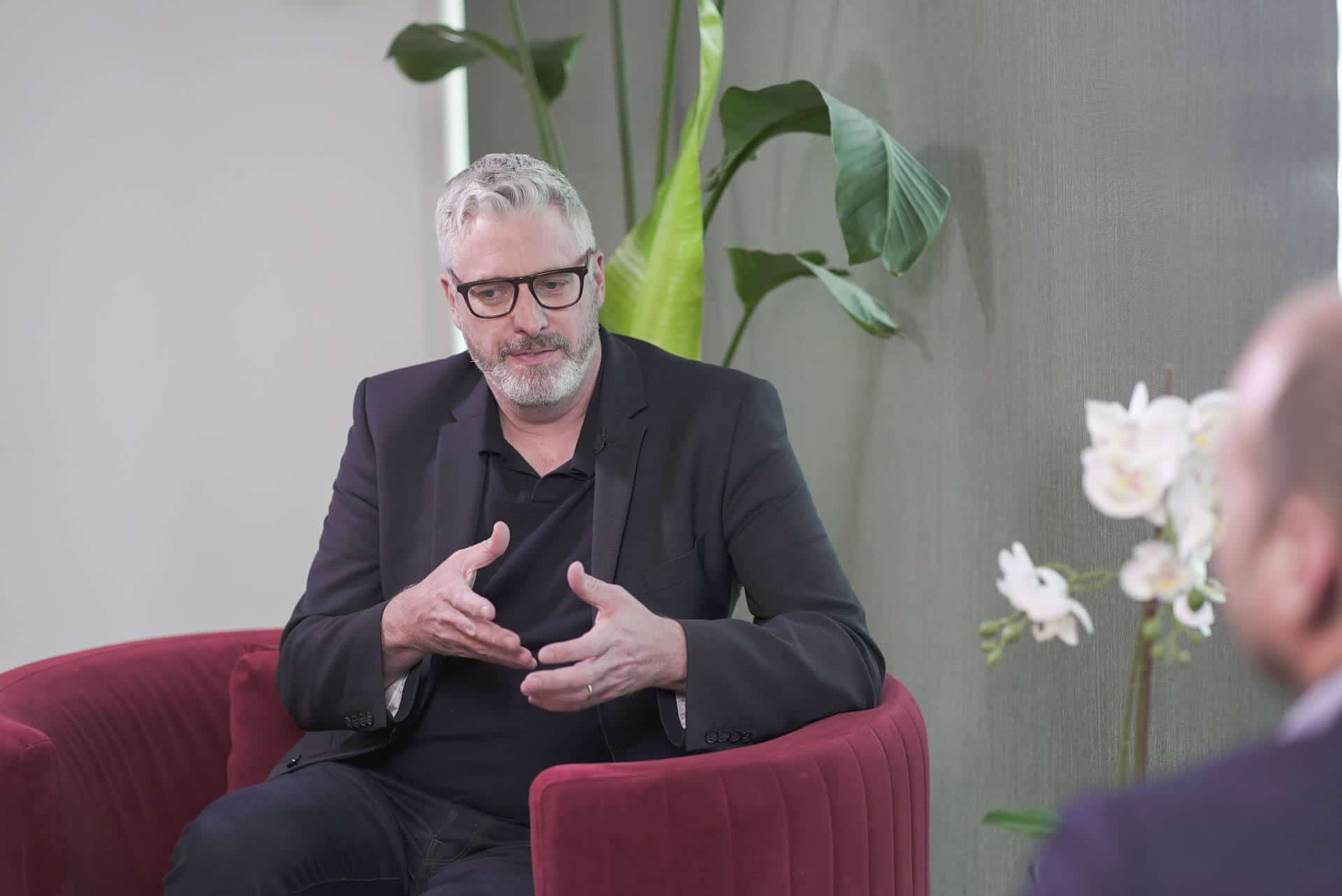
Shane Hill:
Now absolutely, and certainly the last 20 years or so, we’ve seen tax and income supports start to talk to each other and, obviously those initial discussions, those initial roadmaps are very technical in nature, using APIs to send messages and things like that.
Certainly, as we move to a more marketplace way of thinking that government is integrated with retail and financial services and these other services that people need to access in their day to day, I really like your comment about, that system style of thinking.
That also then gives rise to design thinking and human-centred design. What from your perspective are some of the principles that can help organisations not only to introduce that design thing, that systems thinking as well, but also overcome some of the challenges along the way?
David Heacock:
Over the last decade, I felt I’ve been part of a movement to introduce design thinking and human-centred design into government. My role in my previous job at the Boston Consulting Group was to grow a human-centred design capability in APAC.
I feel like I’ve been at the friction point of this topic for a very long time. Most corporates, most government agencies are very comfortable now, with employing human-centred designers. Strategic designers, service designers, experience designers, and integrating that into programmes of work.
What I think they’re still struggling with, is having a generation of leaders, who intrinsically understand the value of it. We have to wait another generation before those topics will really be embedded into how we make decisions at a corporate level.
How we bring evidence to bear on those corporate decisions. How we co-design with our partners, how we co-design with our customers and our employees.
I’ve stopped getting upset, that the world isn’t moving fast enough to adopt these things.
I’ve taken a very long-term view that it really is going to take generational change for corporates to put human-centred design, and agile multidisciplinary teaming, evidence based-decision making into the centre of everything they do. We’re getting there, but it won’t happen overnight.
Shane Hill:
No, absolutely. It’s a good point that, we have to think not only in a continuous improvement way, but also, how do we modernise those foundations? Modernise the IT, that’s supporting those decisions that we need to make to simplify those data streams and to deliver on the outcomes that we expect of government agencies, of corporates, to be able to deliver on that value conversation.
Particularly when we’re talking with the CFO, very much risk and return, in its own way and obviously we’re heard earlier today that public cloud is to accommodate 50% of workloads in the next couple of years.
When we’re trying to put data at the centre, when we’re trying to think about design thinking kinds of ideas, what are the benefits of accelerating into the cloud? What are some of the complexities as well?
David Heacock:
I’m not a technologist, to me cloud equals someone else’s computer. What I see cloud really being is a metaphor for, or a driver of, is change. It’s quite a fundamental change that we are seeing at the heart of IT departments, where, to a certain degree, not a lot has changed for a very long time.
A lot of industries have had this inertia that almost reaches back into the 1960s of this is the way we do it, this is how it’s always been done. Cloud to me isn’t necessarily magic solution to problems. Cloud’s great. You can do all sorts of things with cloud, but at the at the same time, it’s not magic.
Cloud is another place for computing. It’s another way of organising your computing power. It’s starting to almost open the door to disciplines like design thinking, like agile.
It’s such a fundamental shift at an IT level, from I have my tin, inside my building with my guards, with my doors, I can close the door to, “No, now I have to really think about how I distribute computing resources potentially globally, that, the door has been opened for new ways of thinking.”
It’s forced potentially people who can’t keep up out, again, it’s a generational shift. For me, cloud as a discussion goes hand in hand with agile and design thinking. That’s been exciting. To me, cloud is another computer somewhere else.
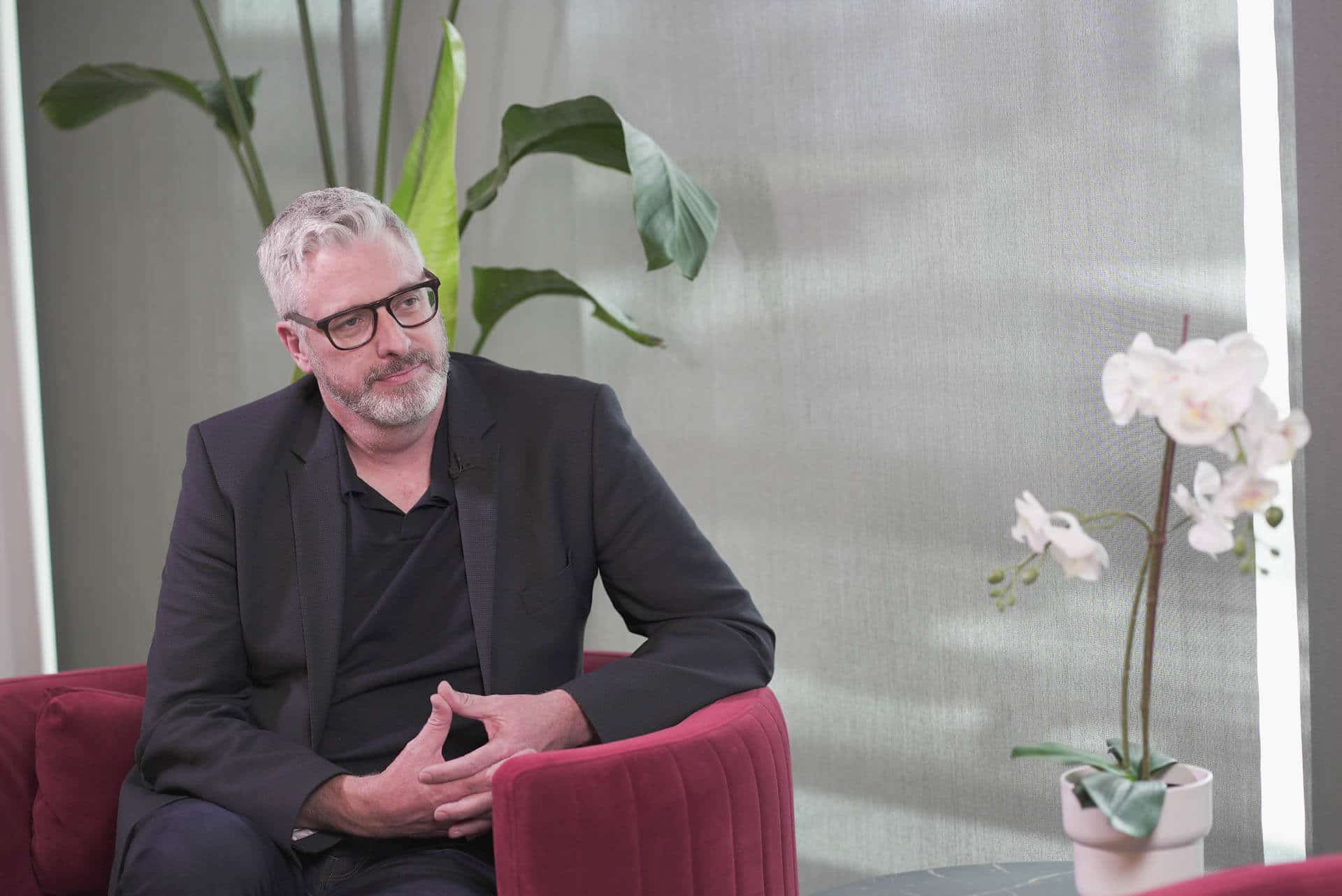
Shane Hill:
It comes at the end of that discussion really. You talk about, what are the outcomes that we want? How do we drive change? Then ultimately cloud, or similar technologies may help enable that, but it’s not as Matt Boon said earlier, it’s not the star.
It helps you to get there. Talking about that, moving away from that walled garden into more of a decentralised approach, particularly the last two years, none of us have had a playbook to work from.
Are you finding in your engagements and customers you’re speaking with, they’re asking more questions, they’re more curious, they’re moving away from that command and control towards coach and communicate?
David Heacock:
No.
The answer honestly to me is, the people who had that inertia pre-pandemic still have that inertia in government. The people who were pushing the boundaries pre-pandemic are now pushing the boundaries further.
They’ve taken advantage of the opportunity. I know it sounds strange, but, in a lot of ways, we got off so easily in Australia with the pandemic that it hasn’t had a chance to fundamentally change how we think, how we act.
We’re all waiting for it to end so we can get back to normal in a lot of places.
We’re having a lot of conversations about; will we return to normal in terms of hybrid working or remote working? Yet the pull is back to the office.
Certainly, in Canberra, there aren’t a lot of agencies that are saying, “Hey, maybe we’ll do half our time remote.” That’s not really happening seriously particularly in the big agencies. We are counting down the time for this thing to be over and we’re all going to get back into the office and be like we were before.
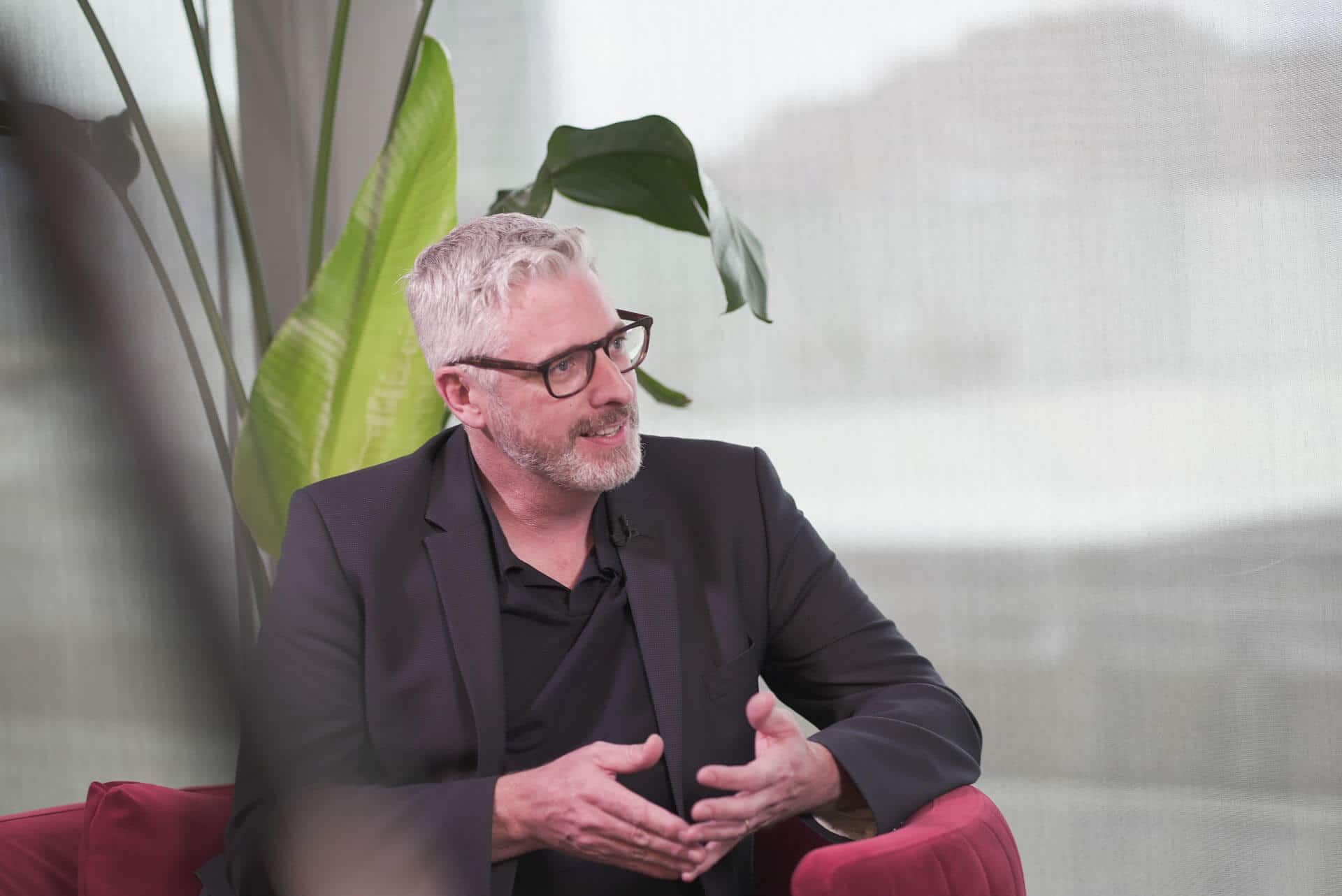
Shane Hill:
It sounds like it’s the message coming across is, well, you’ve had your fun now, now come back into the office. We’ve all proven the last two years we can be productive, moreso perhaps, when we’re able to choose our ways of working, choose our ways of deciding, and focusing on the work that really matters.
Thinking about that change, as you say, we’ve seen two kinds of companies emerge from the last two years. Those who are really leaning into chaos if you like, embracing uncertainty, seeing the opportunity for what it is, and, the other side who are like, “Right, when is it over?” How does government, particularly large organisations as well, try to bring some of the principles of stability from that latter of an organisation, but also take the advantages of innovation?
David Heacock:
I’m seeing the pathway being slow and sticky.
There’s a term that I’ve used for a long time called nya, which is imagine walking through knee-deep cold porridge, and that’s the inertia of an organisation pulling, pulling you back.
I don’t think we’ve necessarily sped up innovation as much as we’d hoped in many sectors. We’re seeing a lot more activity happening around innovation, but not necessarily seeing that innovation have a huge impact on the business.
The companies that are doing it really well have started to move from generation one of, having innovation units, innovation labs, innovation functions, to generation two, starting to change how the broader culture works creating psychological safety, instilling bravery, having much more autonomy around decision making at lower levels.
I don’t think that too many companies have really worked out how to go from the flashy innovation lab, where we do cool experiments, and everyone’s looking at the bottom line and the ROI constantly, through to that more mature model, of becoming an innovative organisation. Certainly, in the public sector, there is so much inertia.
There are centuries of inertia in the public sector giving people great reasons why they shouldn’t take a risk.
We see it all the time. We see this circle that happens, that this relationship between media, the general public, the media reflect the views, whether they do that accurately or not, they reflect the views of the public to ministers, who then create a culture within their agencies of innovation.
What I’ve seen is this link between the way a minister reacts to the media, and the culture of innovation that’s created within their agency. It’s very clear that if you have a reactive style of relationship between the media and the minister, you’ll get a reactive style of organisation when it comes to innovation.
Which means basically they shut down, they try not to innovate, because innovating is dangerous.
Where we have a very open, honest, mature relationship between a minister and the media, and there are some great examples of this at the state level, we can see innovation cultures thriving within those agencies because they understand how much risk they can take.
They understand how to create a story around risk and innovation and experimentation. They understand how to harvest value from what everyone else would call failure.
They understand how to communicate that value that was harvested from an experiment that didn’t go the way we had hoped.
Coming back to that central question, we’re not quite there yet across the community with these new capabilities really taking hold to create a lot of value from innovation. We’re almost there.
Shane Hill:
Being on that tipping point is very promising indeed. Some of those metrics that you mentioned, the metrics that matter, can help larger organisations to prioritise this, create a buffer between that media or that external perspective as well, and that can apply across larger organisations not just government as well.





























